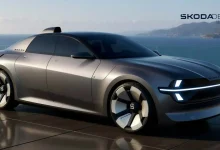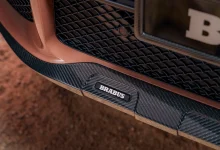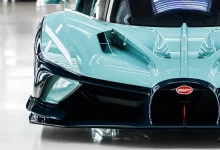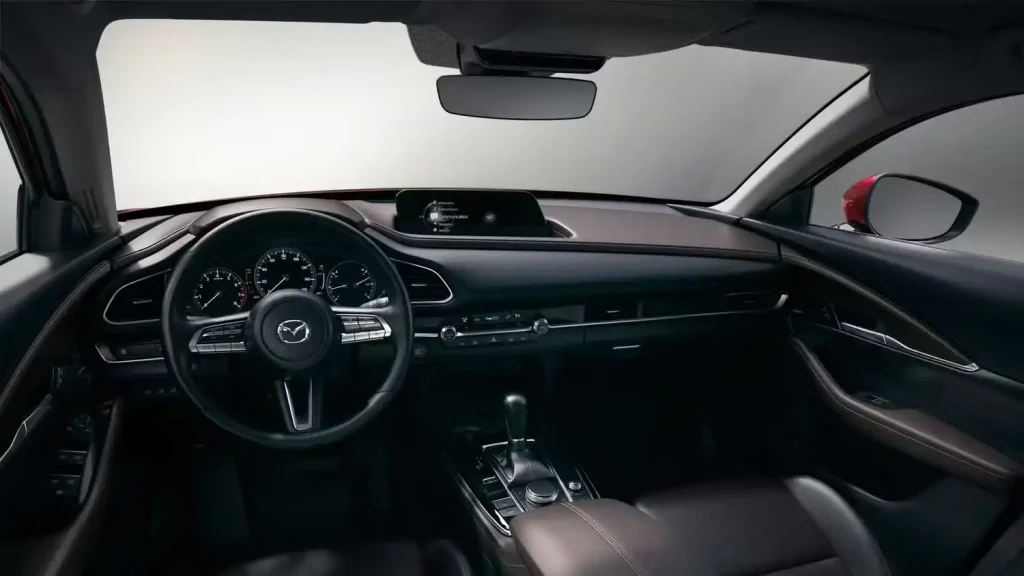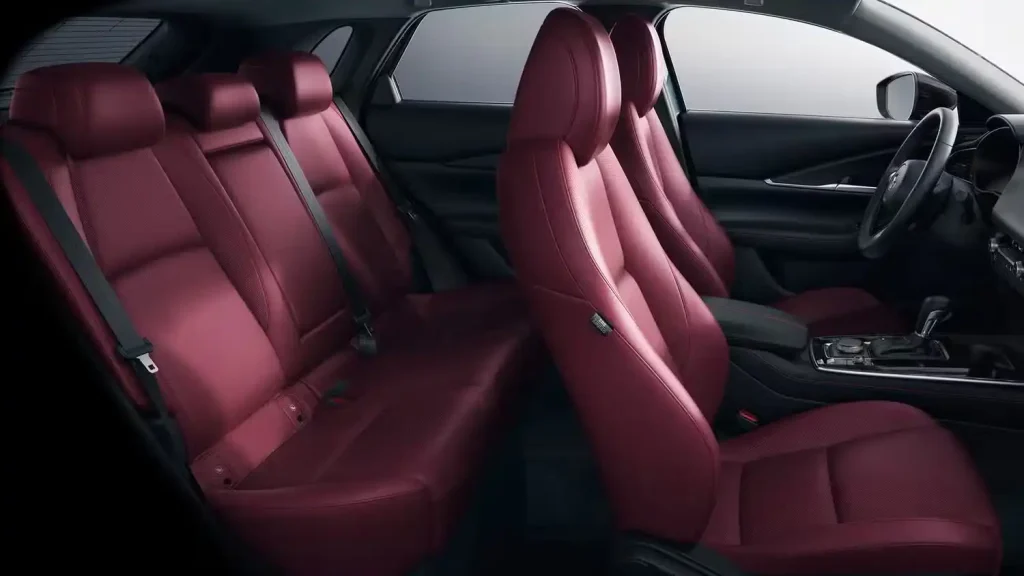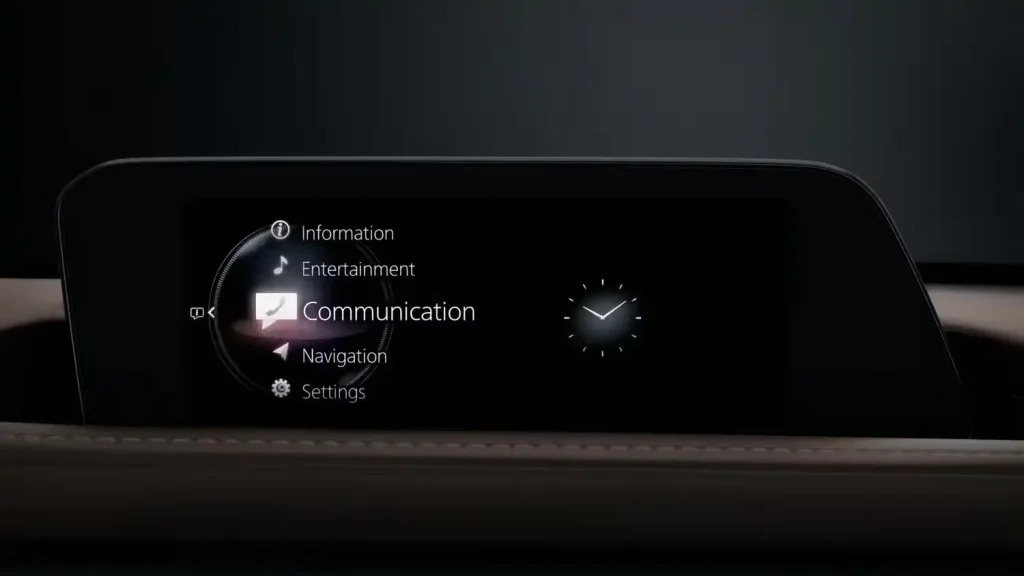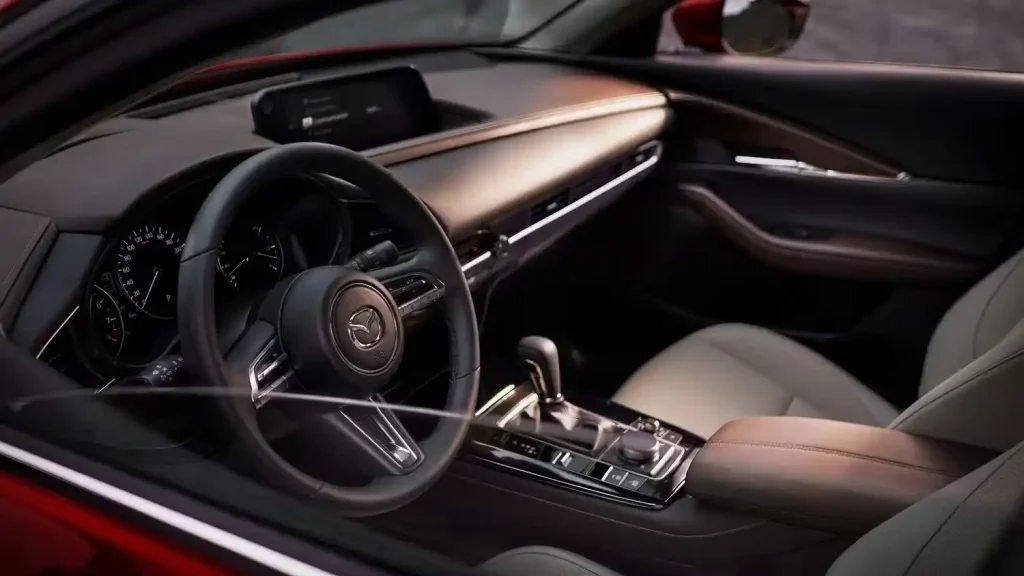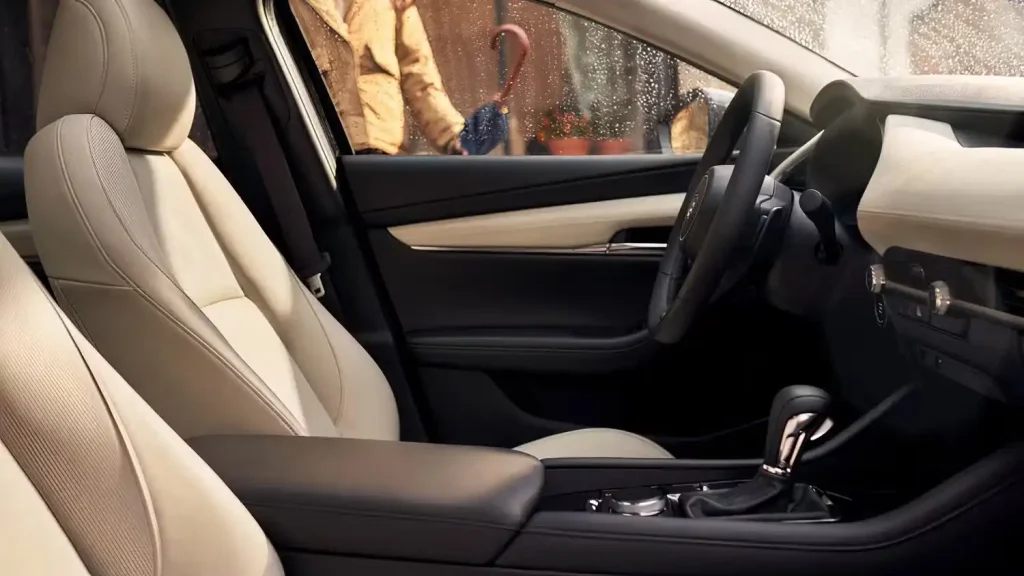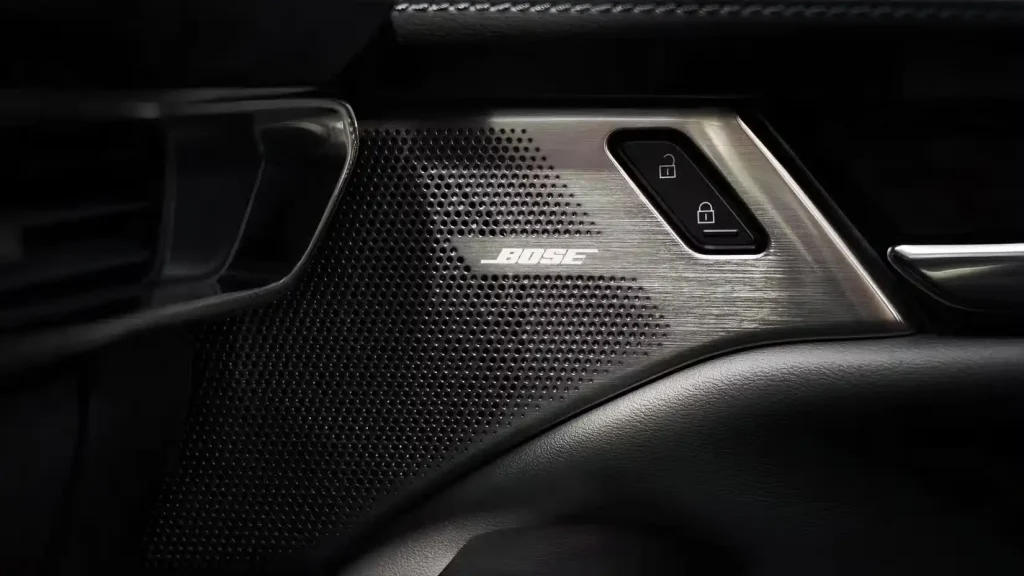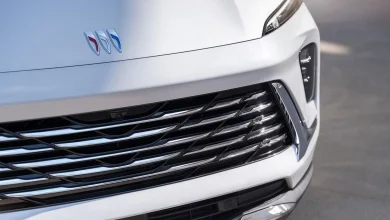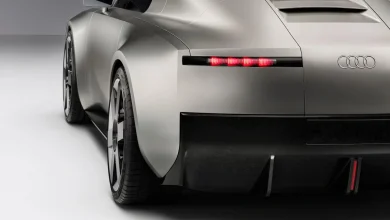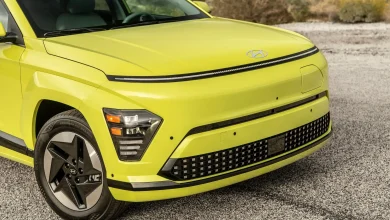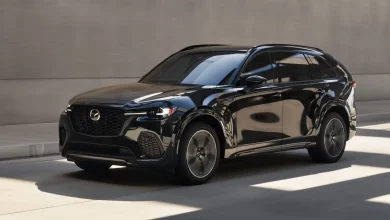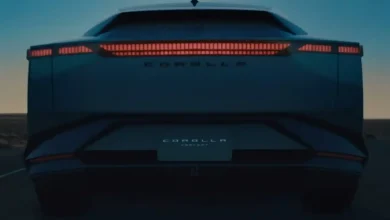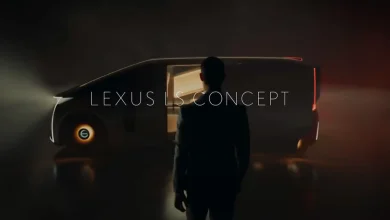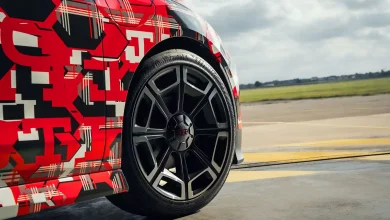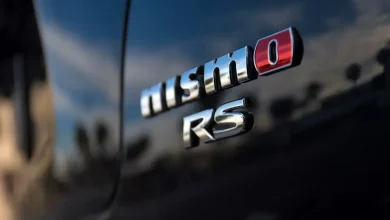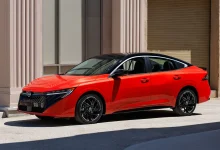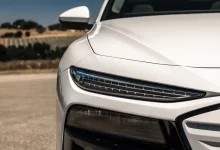Mazda Under Fire for a Feature Most Owners Rarely Spot
A new class-action lawsuit alleges that the window sticker descriptions did not accurately reflect the actual features installed in the vehicles.
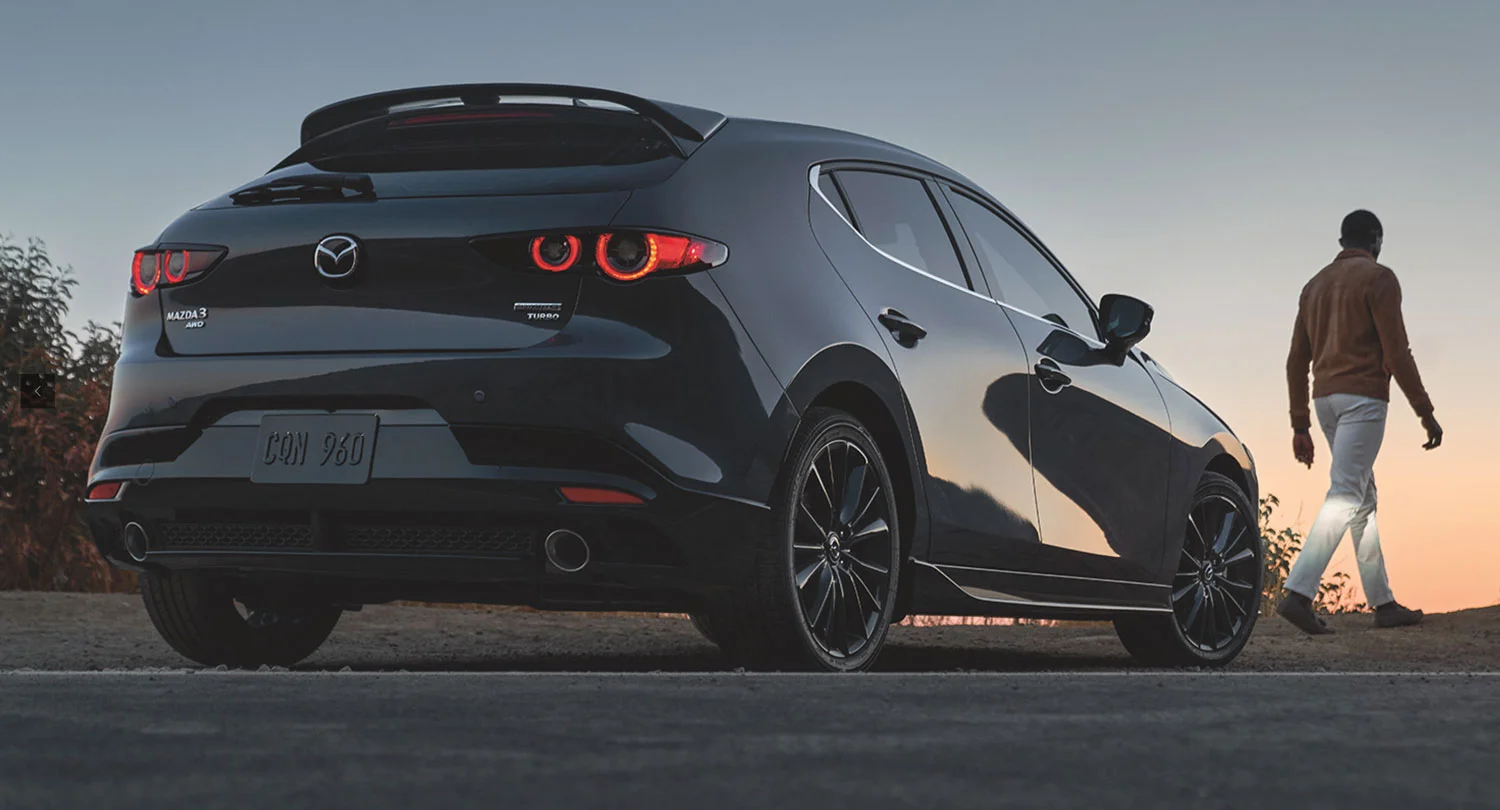
How important are two missing speakers to your overall satisfaction with a new car? For one Illinois buyer of a 2025 Mazda3 hatchback, it’s a big enough issue to take legal action. Kyle Johanson discovered a discrepancy between the features listed on his vehicle’s window sticker and what was actually installed in the car. As a result, he has filed a class-action lawsuit against Mazda, accusing the company of making “deceptive and fraudulent misrepresentations” regarding the vehicle’s equipment.
The frustrated owner argues that he—and other customers—have been harmed by receiving inferior audio quality compared to what they were promised when purchasing the vehicles, and he remains firm in pursuing the case.
Lawsuit Alleges Advertised Features Were Missing
Believe it or not, this lawsuit centers around missing speakers. However, Johanson could have a valid case. When purchasing a new vehicle, buyers often can’t depend solely on the salesperson to provide accurate details about the features included in a particular model or trim. That’s why, since 1958, every new passenger car and light truck sold in the U.S. has been required to display a Monroney sticker in the window, listing the vehicle’s standard and optional equipment.
Senator Mike Monroney championed the legislation that introduced the window sticker requirement, aiming to shield consumers from dealers who might manipulate the MSRP to inflate trade-in values, giving buyers the illusion of a better deal than reality. Originally, these stickers had to display the manufacturer’s suggested retail price, vehicle equipment, and destination fees. Nowadays, they also include additional details such as standard features, factory-installed options, fuel efficiency ratings, and safety scores from NHTSA crash tests.
Although dealers may sometimes make honest errors given the vast number of features in modern cars, the law requires that buyers be able to trust the information on the window sticker. This legal trust in the sticker’s accuracy is the central issue in the lawsuit.
According to the lawsuit, Johanson began exploring all the features of his new Mazda once he brought it home—something many new car owners do. He alleges that the window sticker indicated the vehicle came with eight speakers and HD audio. Although images of the sticker are included in the lawsuit documents, the details are not clearly readable.
No Rear Speakers, No HD Radio — Not What Was Promised
When Johanson began testing the audio system, he discovered there were no rear speakers; adjusting the fader toward the back resulted in silence. According to the lawsuit, this left Johanson and other affected buyers with audio systems that were “rendered nearly useless.” The complaint argues that having fewer speakers diminishes the sound stage, leading to a much less immersive and enjoyable listening experience.
The buyer also claims to have discovered that the car lacked HD Radio—a technology that embeds a digital signal within an FM broadcast. HD Radio is designed to provide clearer sound quality and the ability to receive multiple channels on the same frequency. Without it, the audio experience is significantly diminished.
The lawsuit states that a Mazda District Sales Manager admitted there were “typos on the Window Label/Monroney Label for the 2025 Model Year Mazda3 Hatch 2.5 S Base Trim,” essentially confirming the sticker was incorrect. Johanson alleges he found another faulty sticker at a dealership and witnessed an employee replace it with a corrected version. He also claims Mazda updated the digital versions of these labels, including the one for his vehicle, describing this as an effort to “quietly erase the issues caused by its misrepresentations about missing features without accepting proper responsibility.”
None of the claims have been proven in court. We have contacted Mazda North America for a response regarding the lawsuit and to clarify the whereabouts of the six speakers in a supposed six-speaker Mazda3. We will share the automaker’s comments as soon as they are made available.

